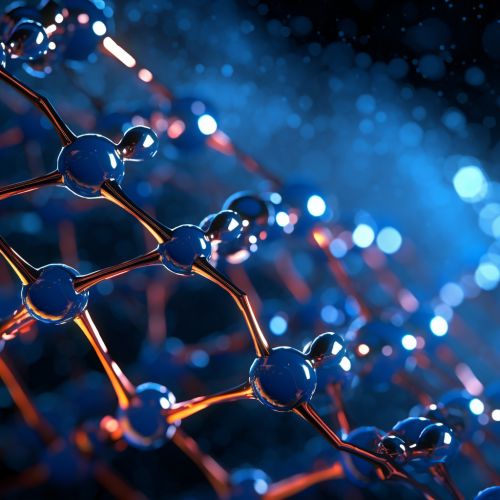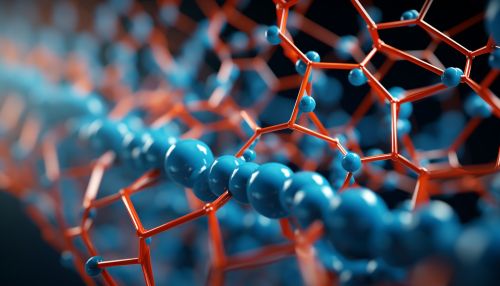Rad51
Introduction
Rad51 is a protein that plays a crucial role in DNA repair and homologous recombination, a process that is essential for maintaining genomic stability. This protein is highly conserved across different species, indicating its fundamental role in cellular function.
Structure
Rad51 is a member of the recombinase family of proteins, which are characterized by their ability to catalyze the exchange of DNA strands. The protein is composed of 339 amino acids and has a molecular weight of approximately 37 kilodaltons. The structure of Rad51 includes a core domain that is responsible for ATP binding and hydrolysis, and a DNA binding domain that interacts with single-stranded DNA.


Function
The primary function of Rad51 is to facilitate homologous recombination, a process that repairs double-strand breaks in DNA. This is achieved by promoting the exchange of DNA strands between homologous chromosomes. Rad51 forms a nucleoprotein filament on single-stranded DNA, which searches for homologous sequences on a double-stranded DNA molecule. Once a homologous sequence is found, strand exchange occurs, leading to the formation of a Holliday junction. This junction can then be resolved to repair the DNA break.
Role in DNA Repair
In addition to its role in homologous recombination, Rad51 also plays a role in other DNA repair pathways. For example, it is involved in DNA synthesis during DNA replication, and in the repair of DNA crosslinks. Furthermore, Rad51 has been implicated in the repair of DNA damage caused by ionizing radiation and chemotherapy drugs.
Role in Disease
Mutations in the RAD51 gene can lead to a variety of diseases. For instance, mutations that impair the function of Rad51 can cause Fanconi anemia, a rare genetic disorder characterized by bone marrow failure and increased risk of cancer. Additionally, overexpression of Rad51 has been observed in many types of cancer, suggesting that it may play a role in tumor development and progression.
Research
Given its crucial role in DNA repair and disease, Rad51 is a major focus of research in the fields of molecular biology and oncology. Studies are being conducted to better understand the structure and function of Rad51, as well as to develop potential therapeutic strategies for diseases associated with Rad51 dysfunction.
